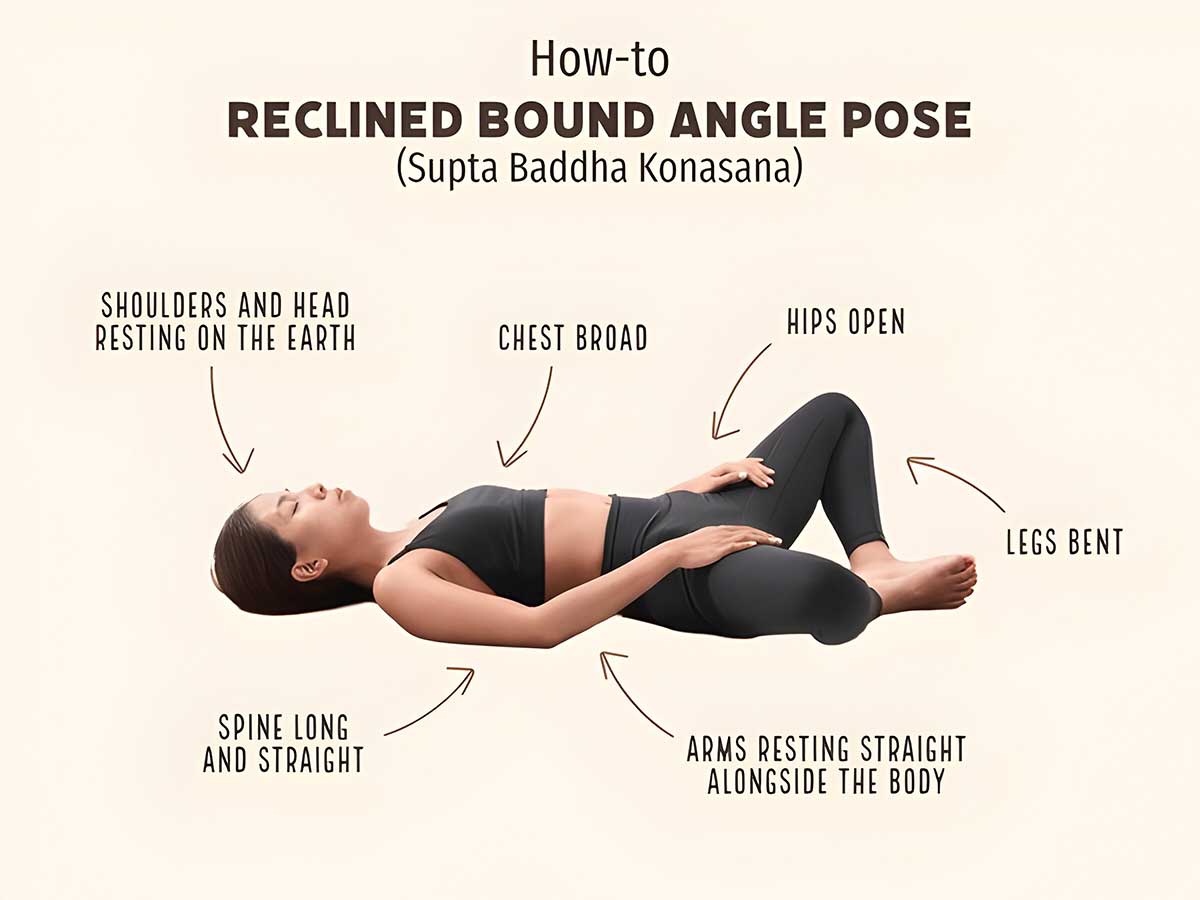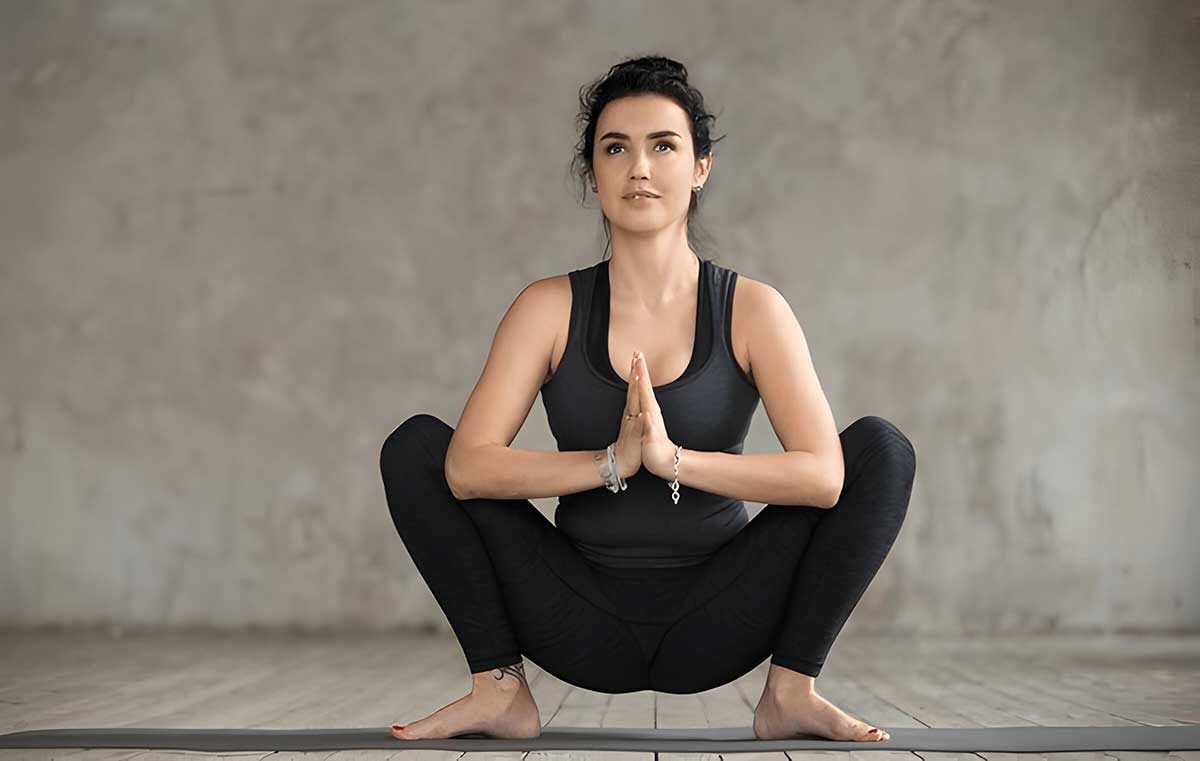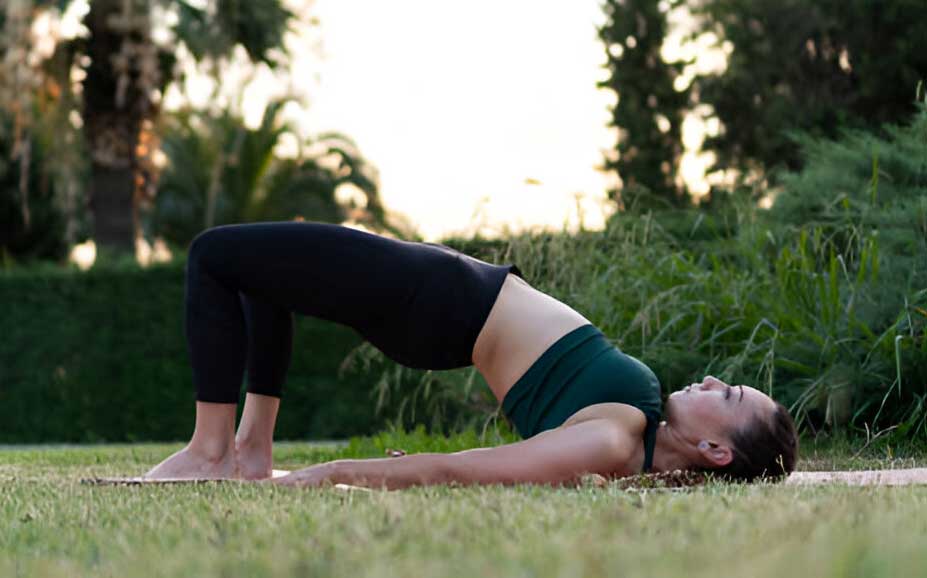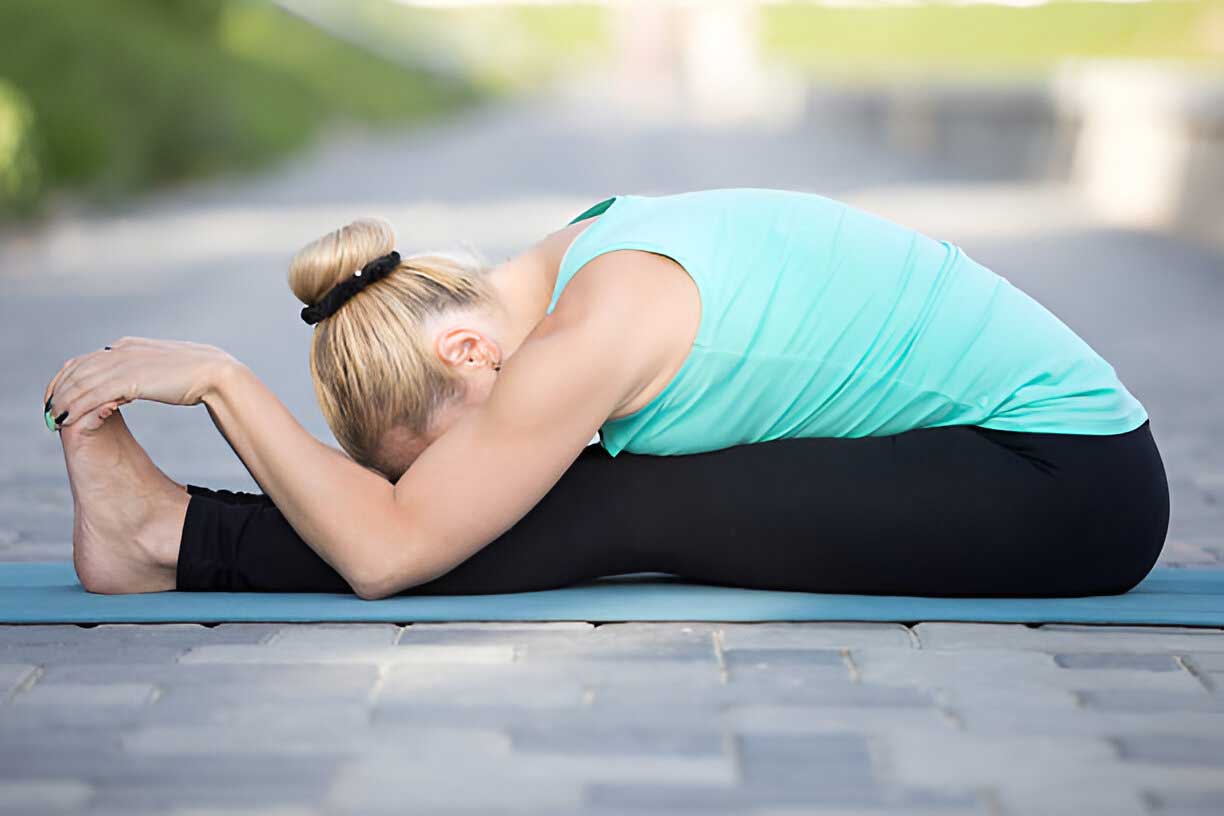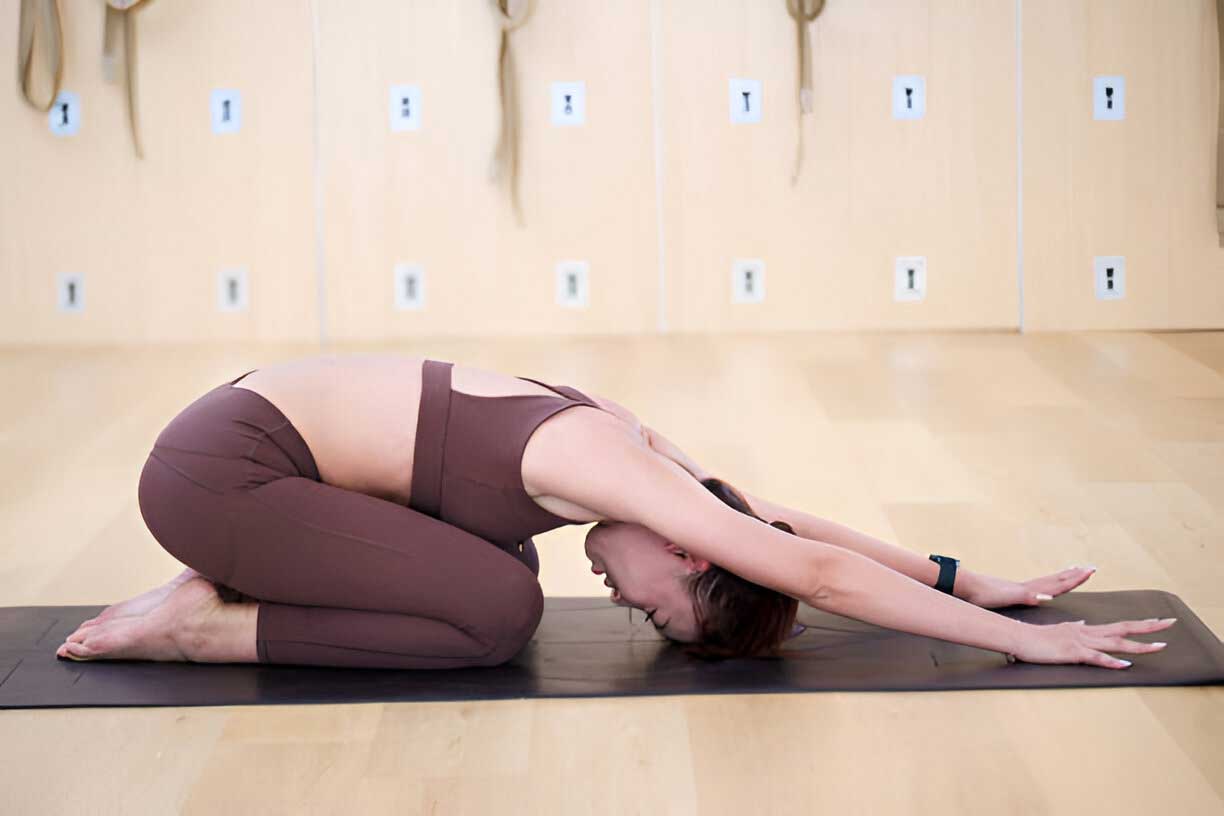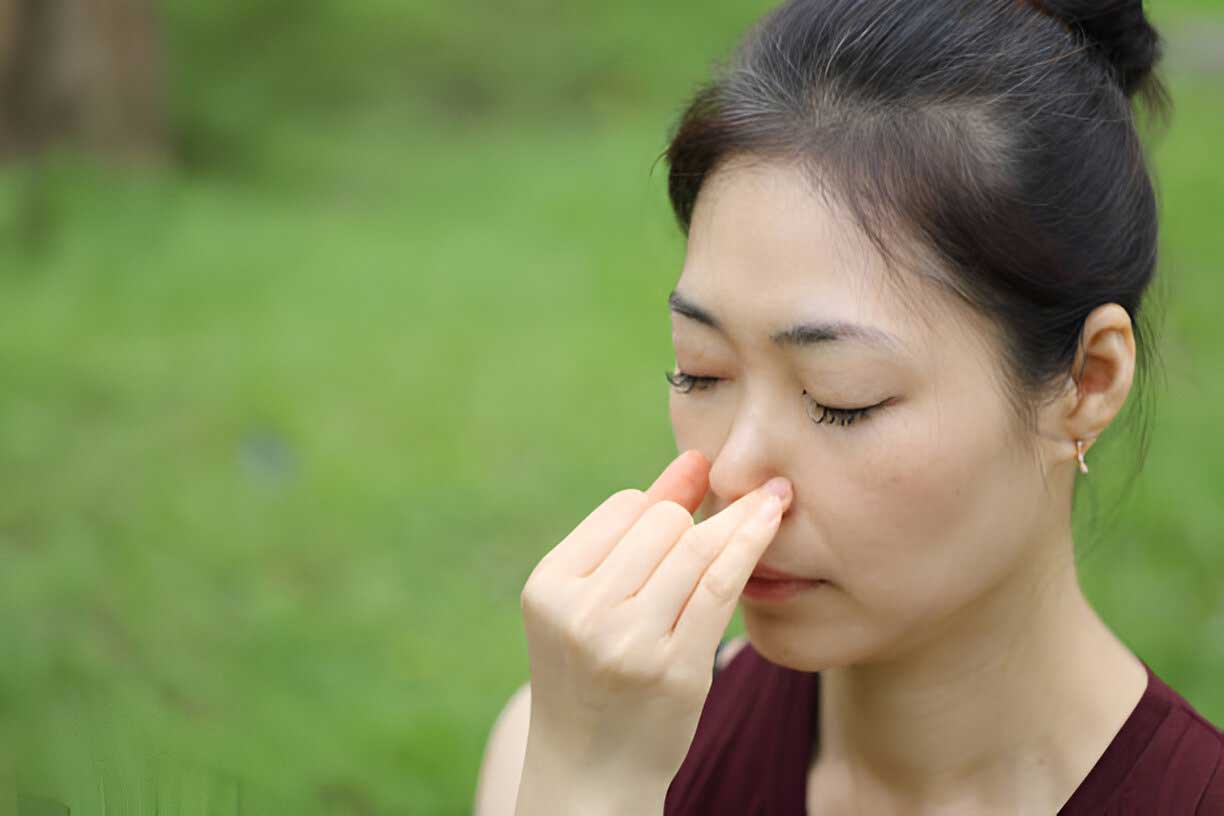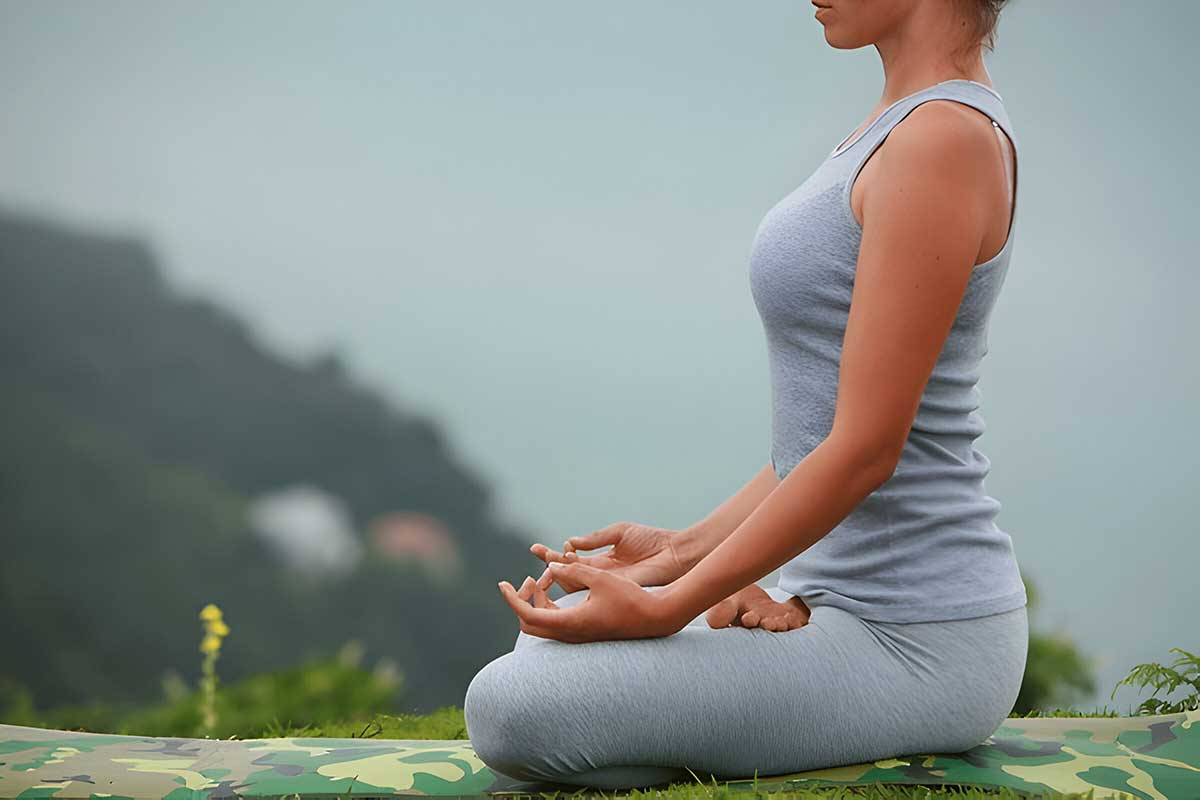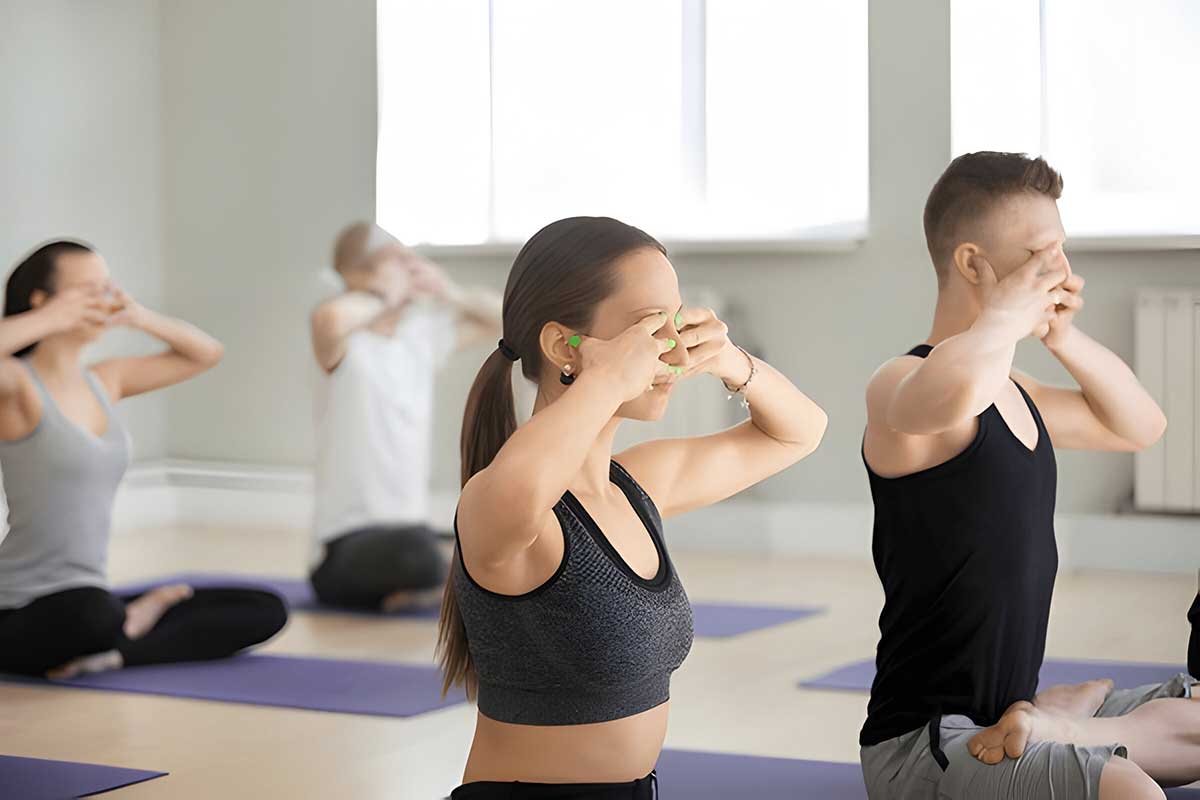Can Yoga Help with Menstrual Irregularities?
Menstrual irregularities, including missed periods, heavy bleeding, and painful menstruation, are common issues that many women face. These irregularities can result from various factors, including stress, hormonal imbalances, poor diet, and underlying medical conditions. While medical treatments are available, yoga offers a natural and holistic approach to managing menstrual irregularities. Through specific yoga poses, breathing techniques, and mindfulness practices, yoga can help regulate the menstrual cycle, reduce symptoms, and promote overall reproductive health.
This comprehensive guide will explore how yoga can help with menstrual irregularities and provide detailed instructions on specific yoga poses, pranayama techniques, and lifestyle practices that support menstrual health.
Understanding Menstrual Irregularities
Menstrual irregularities encompass a wide range of issues related to the menstrual cycle. These irregularities can include:
- Amenorrhea: The absence of menstruation for one or more cycles.
- Dysmenorrhea: Painful menstruation, often accompanied by cramps, nausea, and fatigue.
- Menorrhagia: Abnormally heavy or prolonged menstrual bleeding.
- Oligomenorrhea: Infrequent or irregular periods.
- Premenstrual Syndrome (PMS): A group of symptoms that occur before menstruation, including mood swings, bloating, and fatigue.
Common Causes of Menstrual Irregularities:
- Hormonal Imbalances: Fluctuations in hormones such as estrogen and progesterone can disrupt the menstrual cycle.
- Stress: Chronic stress can affect hormone levels and disrupt the regularity of periods.
- Poor Diet: Nutritional deficiencies and unhealthy eating habits can contribute to menstrual irregularities.
- Weight Changes: Significant weight gain or loss can affect hormone production and menstrual cycles.
- Medical Conditions: Conditions like polycystic ovary syndrome (PCOS), thyroid disorders, and endometriosis can cause menstrual irregularities.
How Yoga Helps with Menstrual Irregularities
Yoga is a holistic practice that combines physical postures (asanas), breath control (pranayama), and meditation to promote overall health. Yoga can help manage menstrual irregularities by:
- Regulating Hormones: Yoga helps balance the endocrine system, promoting regular hormone production and regulating the menstrual cycle.
- Reducing Stress: High stress levels can disrupt hormone production and menstrual cycles. Yoga reduces stress by calming the mind and body, promoting hormonal balance.
- Improving Circulation: Yoga enhances blood flow to the reproductive organs, supporting their function and promoting a healthy menstrual cycle.
- Supporting Detoxification: Certain yoga poses and breathing techniques stimulate the liver and digestive system, aiding in the elimination of toxins that can disrupt the menstrual cycle.
- Promoting Relaxation: Yoga promotes relaxation and emotional well-being, which can help alleviate symptoms of menstrual irregularities, such as cramps and mood swings.
Yoga Poses for Managing Menstrual Irregularities
Specific yoga poses are particularly beneficial for regulating the menstrual cycle and alleviating symptoms of menstrual irregularities. These poses help improve circulation, balance hormones, and promote relaxation.
1. Supta Baddha Konasana (Reclining Bound Angle Pose)
Supta Baddha Konasana, or Reclining Bound Angle Pose, is a restorative pose that opens the hips and improves circulation to the pelvic region. This pose helps regulate the menstrual cycle and alleviates symptoms of PMS and menstrual cramps.
How to Perform:
- Lie on your back with your knees bent and feet flat on the floor.
- Bring the soles of your feet together, allowing your knees to fall open to the sides.
- Rest your arms by your sides, palms facing up, and close your eyes.
- Stay in this position for 5 to 10 minutes, breathing deeply.
- To come out of the pose, gently bring your knees together and roll to one side.
Benefits:
- Improves circulation to the pelvic region
- Alleviates menstrual cramps and symptoms of PMS
- Promotes relaxation and hormonal balance
2. Malasana (Garland Pose)
Malasana, or Garland Pose, is a deep squat that opens the hips and stretches the lower back. This pose stimulates the digestive and reproductive organs, helping to regulate the menstrual cycle and alleviate menstrual discomfort.
How to Perform:
- Stand with your feet slightly wider than hip-width apart, toes pointing outwards.
- Lower your hips into a squat position, bringing your hands together in front of your chest.
- Press your elbows against your inner thighs to deepen the stretch.
- Hold the pose for 1 to 3 minutes, breathing deeply.
- Slowly rise to return to a standing position.
Benefits:
- Stimulates the digestive and reproductive organs
- Regulates the menstrual cycle and reduces cramps
- Improves flexibility in the hips and lower back
3. Setu Bandhasana (Bridge Pose)
Setu Bandhasana, or Bridge Pose, is a gentle backbend that stretches the spine, chest, and hips. This pose stimulates the thyroid gland, which helps regulate hormones and supports a healthy menstrual cycle.
How to Perform:
- Lie on your back with your knees bent and feet flat on the floor, hip-width apart.
- Place your arms by your sides, palms facing down.
- Lift your hips towards the ceiling, rolling your shoulders underneath you.
- Clasp your hands together under your back and hold the pose for 30 seconds to 1 minute, breathing deeply.
- Slowly release the pose and return to the starting position.
Benefits:
- Stimulates the thyroid gland and regulates hormones
- Improves circulation to the reproductive organs
- Alleviates menstrual cramps and promotes relaxation
4. Paschimottanasana (Seated Forward Bend)
Paschimottanasana, or Seated Forward Bend, is a calming pose that stretches the entire back of the body, including the spine, hamstrings, and calves. This pose helps improve circulation to the pelvic region and reduces stress, supporting a healthy menstrual cycle.
How to Perform:
- Sit on the floor with your legs extended in front of you.
- Inhale and lengthen your spine, reaching your arms overhead.
- Exhale and fold forward, reaching for your feet or ankles.
- Hold the pose for 1 to 3 minutes, breathing deeply.
- Slowly release the pose and return to the starting position.
Benefits:
- Improves circulation to the pelvic region
- Reduces stress and supports hormonal balance
- Alleviates symptoms of menstrual irregularities
5. Balasana (Child’s Pose)
Balasana, or Child’s Pose, is a gentle resting pose that stretches the back, hips, and thighs. This pose helps calm the nervous system, reduce stress, and alleviate menstrual cramps and lower back pain.
How to Perform:
- Kneel on the floor with your big toes touching and your knees spread apart.
- Sit back on your heels and extend your arms forward, lowering your forehead to the floor.
- Rest in this position for 1 to 3 minutes, breathing deeply.
- Slowly rise to return to a seated position.
Benefits:
- Calms the nervous system and reduces stress
- Alleviates menstrual cramps and lower back pain
- Promotes relaxation and supports hormonal balance
6. Viparita Karani (Legs-Up-the-Wall Pose)
Viparita Karani, or Legs-Up-the-Wall Pose, is a restorative pose that helps reduce fatigue, improve circulation, and promote relaxation. This pose is beneficial for alleviating symptoms of PMS and regulating the menstrual cycle.
How to Perform:
- Sit close to a wall and lie on your back, extending your legs up the wall.
- Rest your arms by your sides, palms facing up, and close your eyes.
- Stay in this position for 5 to 15 minutes, breathing deeply.
- To come out of the pose, bend your knees and slowly roll to one side.
Benefits:
- Reduces fatigue and promotes relaxation
- Improves circulation and alleviates menstrual discomfort
- Supports a healthy menstrual cycle and hormonal balance
7. Supta Virasana (Reclining Hero Pose)
Supta Virasana, or Reclining Hero Pose, is a restorative backbend that stretches the thighs, hips, and abdomen. This pose helps stimulate the digestive and reproductive organs, supporting hormonal balance and alleviating menstrual discomfort.
How to Perform:
- Begin by kneeling on the floor with your knees together and feet apart.
- Sit between your heels, lowering your hips to the floor.
- Lean back, placing your hands on the floor behind you for support, and slowly lower your back to the floor.
- Rest in this position for 1 to 3 minutes, breathing deeply.
- To come out of the pose, gently roll to one side and rise to a seated position.
Benefits:
- Stimulates the digestive and reproductive organs
- Alleviates menstrual discomfort and supports hormonal balance
- Promotes relaxation and reduces stress
Pranayama for Managing Menstrual Irregularities
Pranayama, or breath control, is an essential aspect of yoga that helps regulate the body’s energy and promote relaxation. Specific pranayama techniques can support menstrual health by reducing stress, improving circulation, and promoting hormonal balance.
1. Nadi Shodhana (Alternate Nostril Breathing)
Nadi Shodhana, or Alternate Nostril Breathing, is a balancing pranayama technique that helps regulate the flow of energy in the body. This practice can promote relaxation, reduce stress, and support hormonal balance.
How to Perform:
- Sit in a comfortable position with your spine straight.
- Close your right nostril with your thumb and inhale deeply through your left nostril.
- Close your left nostril with your ring finger and exhale through your right nostril.
- Inhale through your right nostril, close it, and exhale through your left nostril.
- Continue this alternate nostril breathing for 5 to 10 minutes.
Benefits:
- Balances the flow of energy in the body
- Promotes relaxation and reduces stress
- Supports hormonal balance and menstrual regularity
2. Ujjayi Pranayama (Ocean Breath)
Ujjayi Pranayama, also known as Ocean Breath, involves deep, slow breathing that creates a gentle sound resembling ocean waves. This technique helps calm the nervous system, reduce stress, and support menstrual health.
How to Perform:
- Sit in a comfortable position with your spine straight.
- Inhale deeply through your nose, slightly constricting the back of your throat.
- Exhale through your nose, maintaining the throat constriction to create a soft, ocean-like sound.
- Continue this breathing pattern for 5 to 10 minutes.
Benefits:
- Calms the nervous system and reduces stress
- Supports hormonal balance and menstrual regularity
- Promotes relaxation and mental clarity
3. Bhramari Pranayama (Bee Breath)
Bhramari Pranayama, or Bee Breath, is a calming pranayama technique that involves making a humming sound during exhalation. This practice helps reduce stress, calm the mind, and support hormonal balance.
How to Perform:
- Sit in a comfortable position with your spine straight.
- Close your eyes and place your index fingers on the cartilage of your ears.
- Inhale deeply through your nose.
- Exhale slowly, making a humming sound like a bee.
- Continue this practice for 5 to 10 minutes.
Benefits:
- Reduces stress and calms the mind
- Supports hormonal balance and menstrual regularity
- Promotes relaxation and emotional well-being
Meditation and Mindfulness for Menstrual Health
Meditation and mindfulness practices are essential components of yoga that help calm the mind, reduce stress, and promote emotional well-being. These practices can positively impact menstrual health by reducing stress-related hormonal imbalances and promoting relaxation.
1. Mindfulness Meditation
Mindfulness meditation involves focusing on the present moment and observing your thoughts and sensations without judgment. This practice helps reduce stress, improve mental clarity, and support overall menstrual health.
How to Practice:
- Sit in a comfortable position with your spine straight.
- Close your eyes and focus on your breath, observing each inhalation and exhalation.
- If your mind wanders, gently bring your attention back to your breath.
- Practice mindfulness meditation for 10 to 20 minutes daily.
Benefits:
- Reduces stress and promotes emotional balance
- Supports hormonal balance and menstrual regularity
- Enhances mental clarity and relaxation
2. Guided Visualization
Guided visualization is a meditation technique that involves imagining positive, healing images to promote relaxation and well-being. This practice can help reduce stress and support menstrual health.
How to Practice:
- Sit or lie down in a comfortable position and close your eyes.
- Imagine a warm, healing light surrounding your reproductive organs, promoting balance and health.
- Visualize the light spreading throughout your body, bringing relaxation and well-being.
- Continue this visualization for 10 to 20 minutes daily.
Benefits:
- Promotes relaxation and reduces stress
- Supports hormonal balance and menstrual regularity
- Enhances emotional well-being and mental clarity
Lifestyle Changes to Support Menstrual Health
In addition to yoga and pranayama, certain lifestyle changes can support menstrual health and complement your yoga practice.
1. Balanced Diet
A balanced diet plays a crucial role in supporting menstrual health. Include foods rich in vitamins, minerals, and antioxidants, such as leafy greens, fruits, nuts, and seeds, to promote hormonal balance. Stay hydrated to support overall health and well-being.
2. Regular Exercise
Regular physical activity, in addition to yoga, helps maintain a healthy weight, improve circulation, and reduce stress. Engage in low-impact exercises like walking, swimming, or cycling to support overall health.
3. Adequate Sleep
Adequate sleep is essential for maintaining hormonal balance and supporting overall health. Establish a consistent sleep schedule, create a relaxing bedtime routine, and ensure your sleep environment is comfortable and conducive to rest.
4. Stress Management
Managing stress is crucial for maintaining menstrual health. In addition to yoga and meditation, consider incorporating relaxation techniques such as deep breathing, journaling, or spending time in nature into your daily routine.
Conclusion
Yoga offers a holistic and effective approach to managing menstrual irregularities by regulating hormones, reducing stress, and promoting overall well-being. By incorporating specific yoga poses, pranayama techniques, and meditation practices into your daily routine, you can support menstrual health, alleviate symptoms of irregularities, and enhance your quality of life.
In addition to yoga, adopting a balanced diet, regular exercise, adequate sleep, and stress management practices can further support menstrual health and complement your yoga practice. Whether you’re dealing with missed periods, painful menstruation, or simply looking to maintain a regular menstrual cycle, yoga provides a natural and effective way to promote well-being.
With consistent practice and a mindful approach, yoga can become a powerful tool in your journey toward better menstrual health and a balanced, harmonious life.


